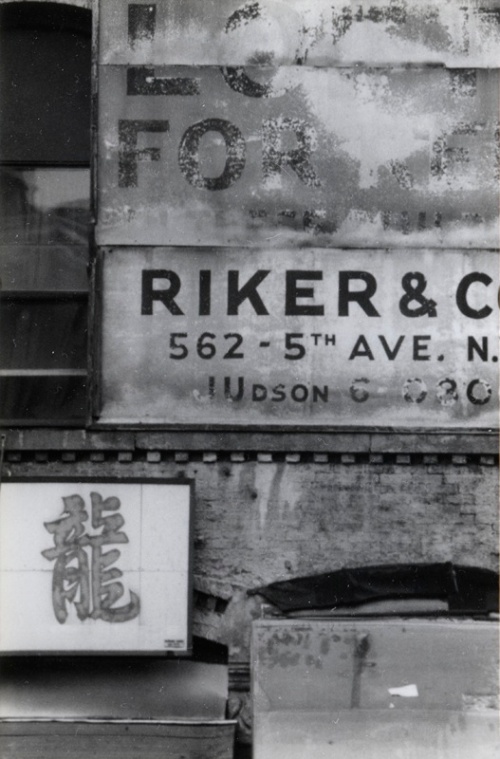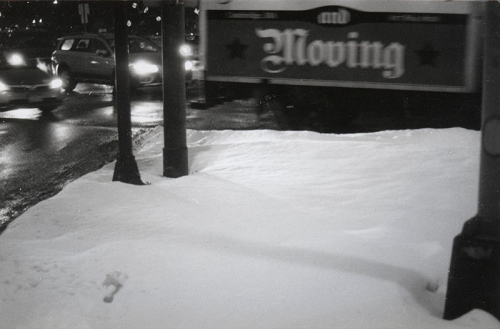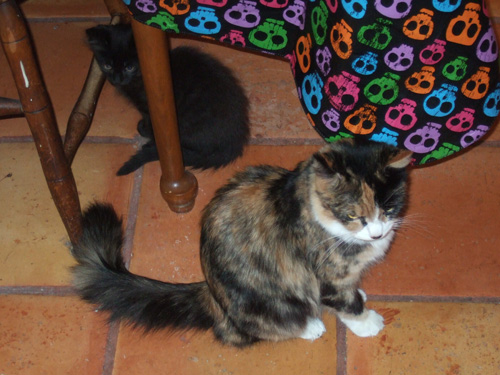Sometimes you have to wonder if childhood memories are better off left as memories, or if you should go and revisit them.
Today the wife and I decided to reward ourselves for doing a pile of yardwork with hot fudge sundaes. The wife in particular wanted to have a sundae in a glass cup, like we used to get at old ice cream parlors. But these days most ice cream shops use paper cups. This was the price of the “premium” ice cream revolution: better ice cream, cheaper service. Paper cups do the job, but they are inelegant, especially for a sundae. In Ye Olde days, paper cups were for cheap ice cream, the crappy stuff sold by street vendors and ice cream trucks, whereas when you went to a nice ice cream parlor, a sundae was special. You got table service and a glass and a spoon. A paper cup is a downgrade.
Meanwhile, I’d had a hankering to revisit a place I hadn’t been to in some few decades, since driving by it last summer on Route 1. When I was little, my grandparents would take my sister and me to Putnam’s Pantry in Danvers. Putnam’s Pantry is a candy shop with an ice cream parlor attached. The novelty of Putnam’s Pantry is the Ice Cream Smorgasbord, a buffet line of sundae toppings for the gluttonous to create their own dish of pancreatic damage.
The process works something like a cafeteria: you order your sundae at the register, and the server writes your flavor on a paper dish and hands it through a window. A dish is returned with ice cream. You then proceed down the toppings line, loading up on whatever toppings you want, limited only by the capacity of the dish. And, to some extent, the paper plate, as you will almost certainly have some overflow, unless you are not doing it right.
Here’s what the buffet looks like, and I have to apologize for the crummy cell phone photo:

Now of course, I remember it as being much more extravagant, though it probably hasn’t really changed that much since the early 1970s. Only my perspective has changed. The toppings choices are pretty pedestrian by today’s standards—hot fudge, butterscotch, strawberries (that looked kinda nasty, so I passed), coconut, jimmies, that sort of thing. If you’re an esthete looking for your basil-fennel sorbet in an white-tea-infused olive oil sauce, this is not the place. This is strictly Food of the Proles. As a kid in the early 1970s, I was not distracted by such notions, only by the thought of having all the toppings I wanted.
I have to admit, I was a little hesitant to make the return trip, because of the fear that it would turn out to be really terrible. And it turned out to be not so terrible. The ice cream itself was all right, basic ice-cream parlor ice cream, not as rich as you would get at, say, Christina’s or Tosci’s, but with all those toppings piled on, that is not really such a drawback. I skipped over some of the dodgier toppings (the canned fruit) and ended up with this:

You might notice that this is not in a glass, but a metal bowl. Only the small sundae is in a glass bowl, and there was no way I was going to drive a half an hour and only get a small sundae. Actually, there’s no way I’m going anywhere and only getting a small sundae, but that’s a different problem. A metal bowl is okay, though somehow it seems to be not trying quite as hard. But at least it wasn’t a paper cup.















